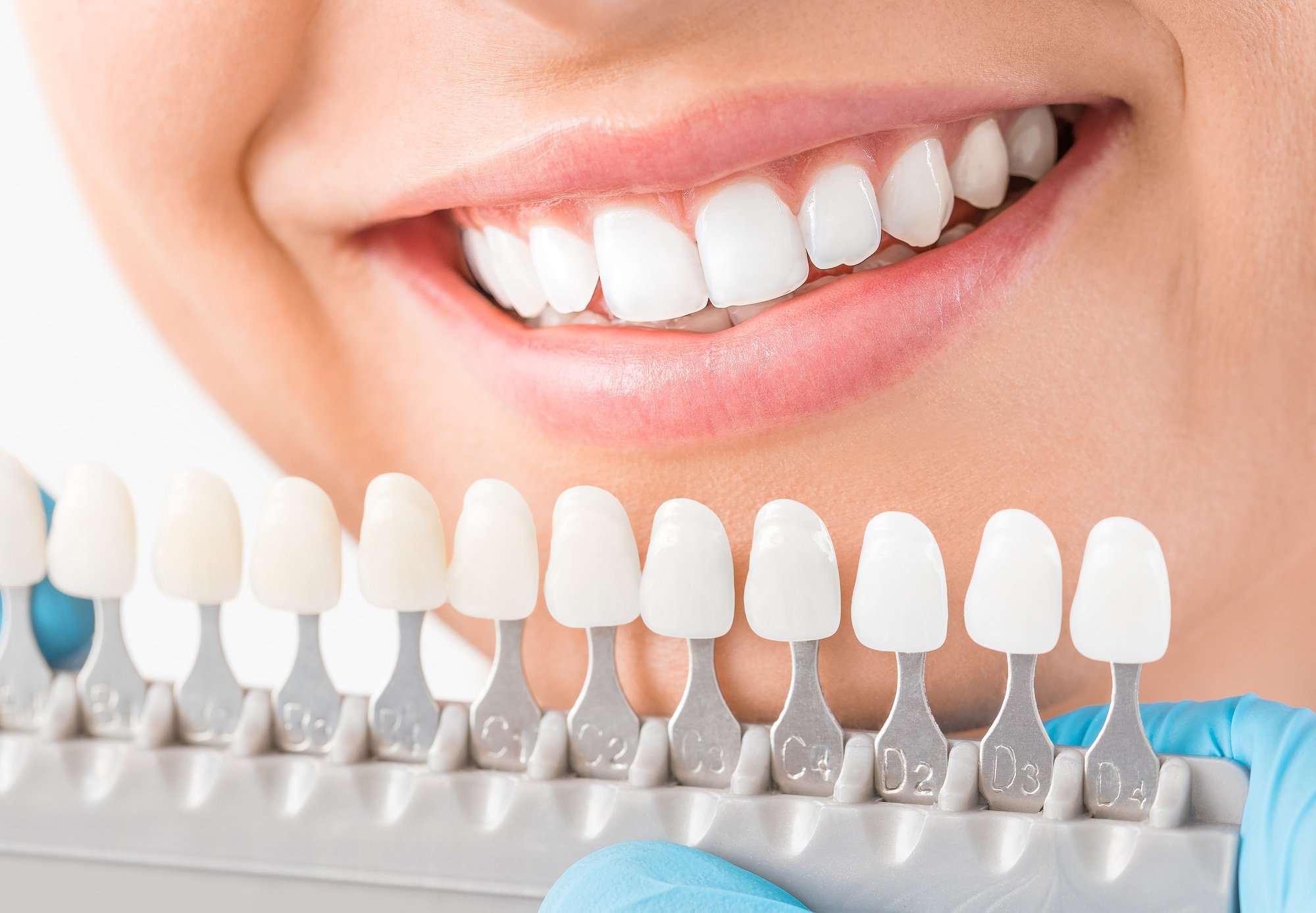Types of Dental Crowns

There are a few main types of dental crowns: CAD/CAM, laboratory, and monolithic. These crowns are made of different types of porcelain, shades, and translucencies, so they match your teeth perfectly and provide the best optical quality. You can choose which type of dental crown is best for your needs by consulting with your dentist. One of the most common uses for a dental crown is to repair severely decayed teeth. A root canal is needed if a tooth has severe decay, and a crown can protect it. It can also be used to restore the appearance and function of a damaged tooth. However, it is important to remember that even a crown should be properly cared for in order to maintain its durability. If your crown becomes chipped or breaks, you should visit the dentist as soon as possible. Check out this link for more enlightenment about dental crowns.
The cost of a dental crown varies depending on the type of material used and the extent of the prep work required. Sometimes, the dentist must perform a root canal to make the crown fit the tooth and improve the appearance of your smile. Dental crowns are typically not covered by dental insurance, but many of them do. You should consult your dentist about the appropriate type of crown for your specific needs before making a decision. If you choose to go with a cheaper option, be aware that the quality of the crowns you get will be lower than expected. Additionally, the treatment may take longer and cause more pain.
There are many benefits of using crowns over veneers. These crowns are much more durable than veneers, which is why it's worth considering them. They can improve the look of your smile, restore function, and protect your natural tooth. There are four main types of dental crowns. Here's a look at the pros and cons of each. Decide which type is right for you. Make sure you choose the right material for your new dental crown. For more information about this, visit: edatampa.com.
A dental crown is a tooth-shaped cap that covers the tooth. It is custom-made in a dental lab and fits over your tooth. This crown can be adjusted to restore its normal shape, size, and function. You will then need to visit a dentist at regular intervals to ensure that it's fit correctly. However, the pros and cons of dental crowns are well-documented. Once your dentist has completed the process, you'll be left with a beautiful, functional smile!
In some cases, your tooth may not be strong enough to support a full dental crown. This type of dental restoration is often used in cases where your teeth are damaged and cannot support a filling. Tooth-shaped crowns can be made of metal or porcelain, and can be secured to an implant for single tooth replacement. A porcelain crown is a great option if you're concerned about the aesthetics of your smile. It will look and function just as good as a natural tooth. This link: https://en.wikipedia.org/wiki/Crown_(dental_restoration) will open up your minds even more on this topic.
